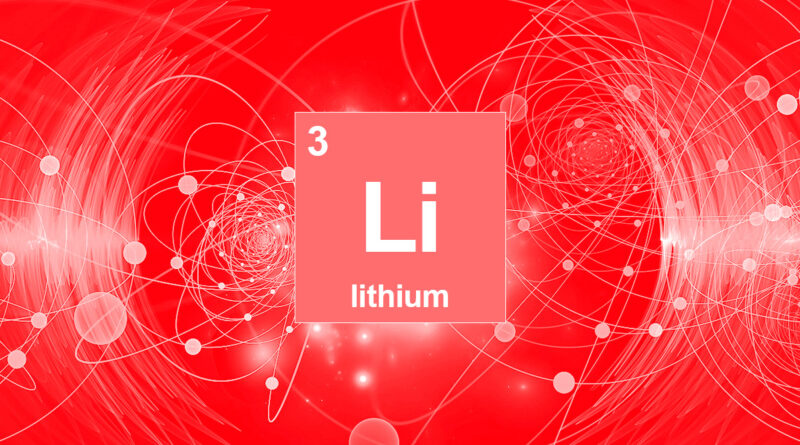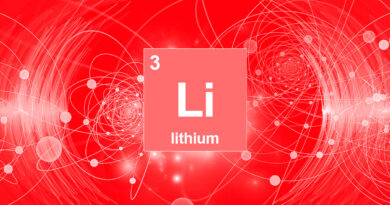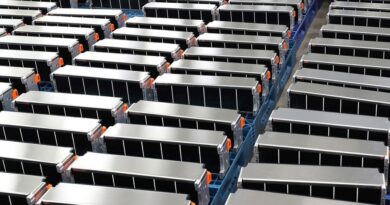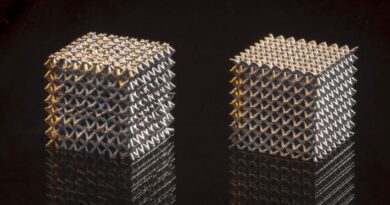Developing low-carbon lithium supply chain for EV manufacturing
The battery-chain in Europe continues to show an increased preference for battery-quality lithium hydroxide, over lithium carbonate, although some entry-level models may utilise chemistries more tailored towards lithium carbonate.
Then again with lithium hydroxide having a higher CO2 intensity than carbonate on a comparable basis, a low-carbon source of supply is even more critical. This was recently highlighted after Johnson Matthey signed an agreement with SQM to supply lithium hydroxide from its Salar del Carmen plant in Chile.
Presently, lithium hydroxide is sourced from two main routes, (a) refined directly from spodumene concentrate or (b) converted from lithium carbonate. Worldwide there are several production routes by which refined lithium hydroxide could be supplied to the European market.
Individually, each route makes use of different refining centres, feedstock types and methods, energy mixtures in its energy consumption, and production methods. In addition, these routes come with varying transport emissions due to the nature of the transport method, distance products must travel, and volume of material transported.
Roskill examines six different routes by which the European market could source lithium hydroxide. It includes typical mineral and brine production routes used in 2021, modifications to already-existing supply chains, and the development of on-shore lithium hydroxide refining capacity in Europe from lithium carbonate and spodumene feedstocks. This is to show Orocobre’s CO2 intensity compared to existing and potential future supply chains. The scenarios are:
- Chilean brine extraction and processing, refined domestically within Chile to a lithium hydroxide product and shipped to the European market.
- Argentine brine extraction and lithium carbonate production, this is then transported to a European refining facility and converted to a lithium hydroxide product for the European market.
- Australian spodumene mined and refined domestically to a lithium hydroxide product and then shipped to the European market.
- Chinese brine refined to a lithium carbonate product domestically, then transported internally within the country to lithium hydroxide refining facility, refined to a lithium hydroxide product and shipped to the European market.
- Australian ore extracted and processed to a spodumene concentrate feedstock. This is then shipped to Europe and refined to a lithium hydroxide product for the European market.
- Australian ore extracted and processed to a spodumene concentrate feedstock. This is then shipped to China and refined to a lithium hydroxide product, and then shipped to the European market.




